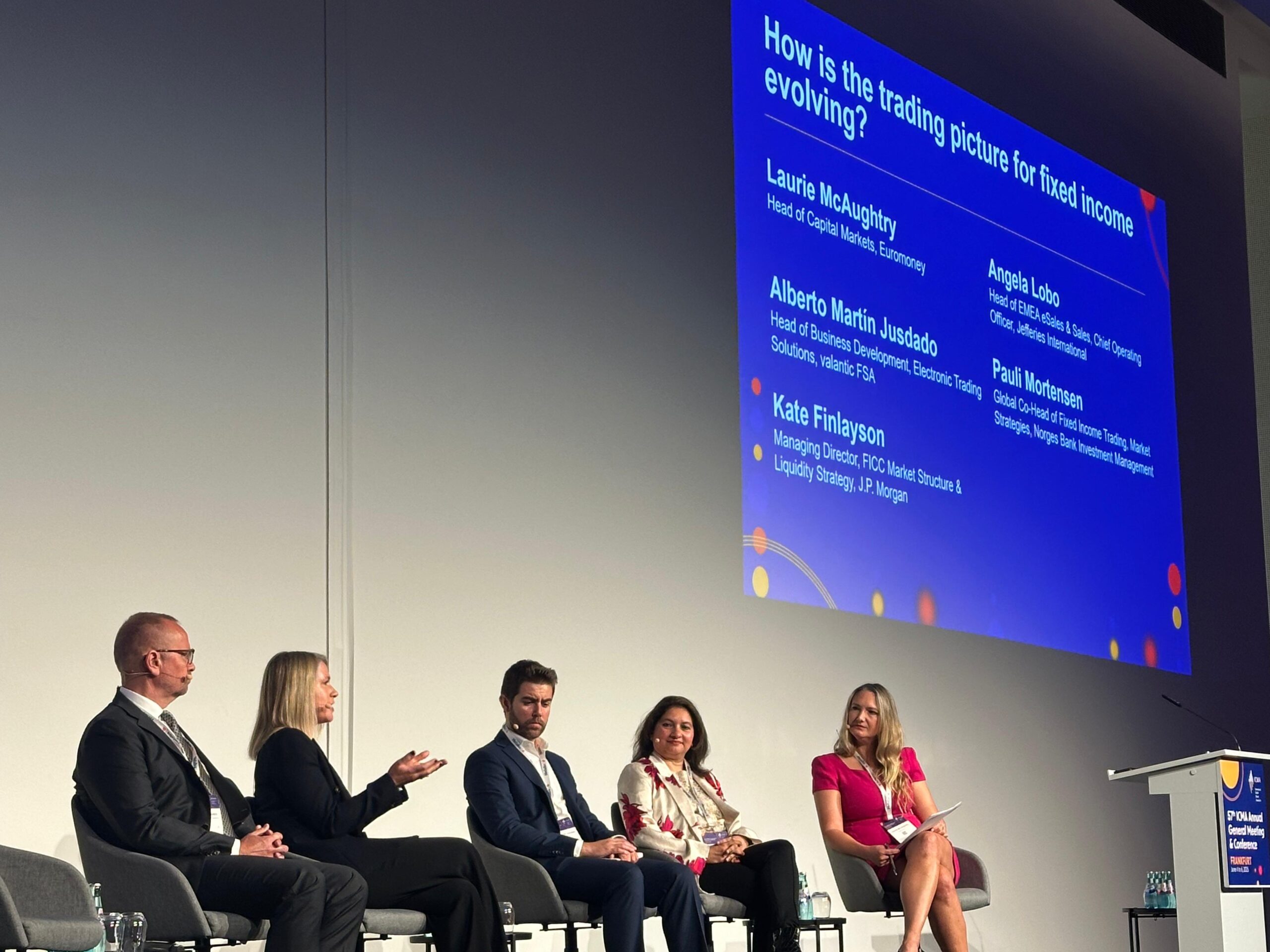Take a late summer stroll through the buzzing Beirut neighbourhoods of Gemmayzeh or Mar Mikhaël and it is hard to believe that Lebanon is facing total economic and financial collapse. Over the holiday period the Lebanese diaspora flocked back to its native land, filling up restaurant terraces and pumping fresh cash into the consumer goods and services sector.
Estimates of the income generated from tourism during the summer months stretch to tens of billions of dollars. Given that Lebanon’s central bank, Banque du Liban (BdL), reported only having $8.6 billion in liquid foreign assets in August, the hope is that tourists and ex-locals will also increase FX flows and relieve the liquidity crunch in the country.
The Lebanese economy has always relied heavily on remittances: in 2022 they represented 37.8% of GDP, some $4.6 billion
That this kind of stimulus is a mere illusion of economic upturn has not gone unnoticed. As the IMF concluded its staff visit to Lebanon last week, it reported that the seasonal uptick in tourism risks giving the impression that the economic crisis has bottomed out – and that could lead to complacency.
The Lebanese economy has always relied heavily on remittances: in 2022 they represented 37.8% of GDP, some $4.6 billion. But this is still not enough to overcome the challenge. As the IMF also points out, receipts from tourism and remittances still fall far short of what is needed to offset the country’s large trade deficit and lack of external financing.
It is even worse once the spending ends and the diaspora leaves. Their inflation-stoking splurge means that what remains are even higher prices that push the Lebanese pound-earning population towards even greater financial difficulty.
Forget the lira
It is one thing to see the price of consumer goods and services spike in terms of the Lebanese pound, also known as the lira. According to the World Bank’s September food security update, Lebanon saw the second-highest nominal annual food-price inflation (after Venezuela) – a chilling 279%.
Real food inflation, defined as food inflation minus overall inflation, was also the second highest (after Egypt), at 27%.
But to make matters worse, the near-total dollarization of the economy means that a surge in consumer prices is amplifying the catastrophic depreciation of the lira and distorting the economic outlook. This dollarization also means that the cost of living for Lebanese individuals earning lira has exploded.
In an effort to curb money printing and worsen inflation, most salaries in Lebanon are now paid in dollars. In August, the central bank’s interim governor, Wassim Manssouri, announced that public-sector wages would also be covered in dollars at an exchange rate of 85,500. But with such a devalued currency, even in dollars those wages are a fraction of what they were just a few years ago.
As the autumn settles in and the tourists drift home, what will be left behind in Beirut is locals with a handful of American bills, unable to afford to live in a city clinging to its old Riviera glory.




